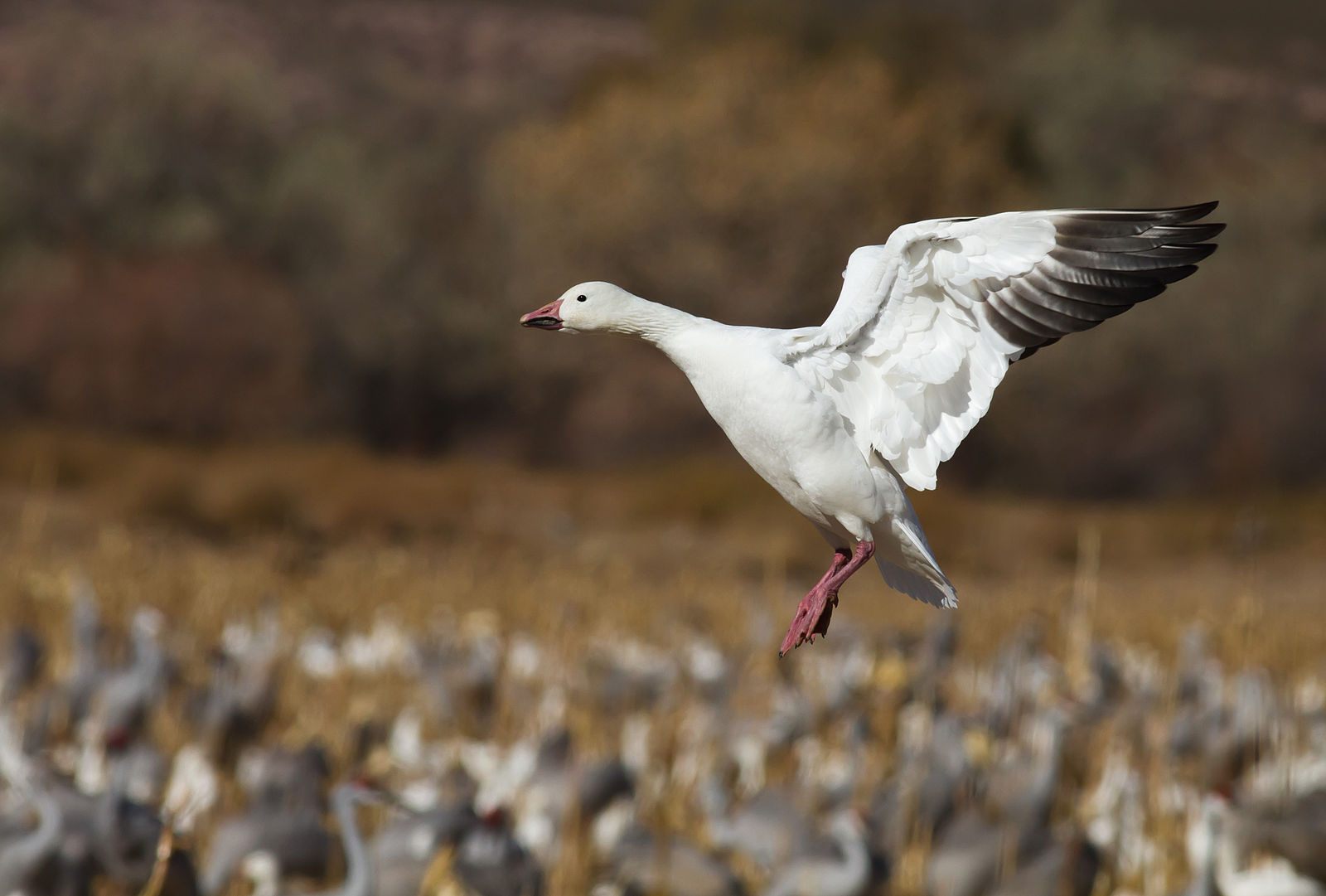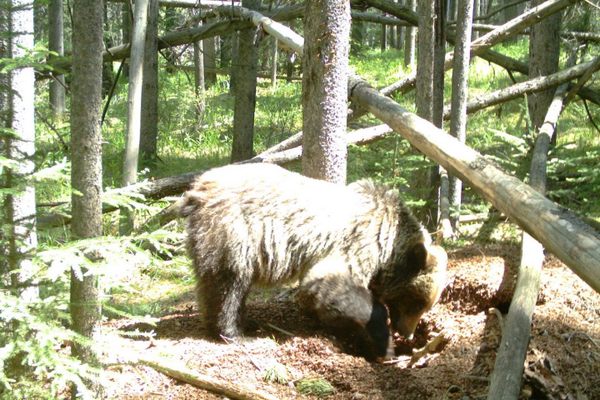Hungry Polar Bears in Norway Have Resorted to Sucking Eggs
Svalbard’s ursine residents can’t find much other food.

When you’re hungry, but the fridge is nearly bare, what do you do? Reach for some eggs, of course. As the Local reports, polar bears in Svalbard, Norway have come to the same conclusion after being forced out of their regular hunting grounds by melting sea ice.
Traditionally, polar bears travel up to the frozen Arctic for the spring, where they hang out on ice and hunt for blubbery ringed seals until the floes melt and they return to land. But as Arctic sea ice dwindles, and the bears lose their favorite hunting ground earlier and earlier in the year, they’ve been turning to alternative food sources. Often, this means eggs—which, like seals, are rich in calories and fat.
At the moment, there are six bears in Svalbard scrambling up the joint. Researchers from the Norwegian Polar Institute have seen them nose-deep in three or four dozen eggs—enough to turn their snouts canary-yellow, they reported.


This is not a new phenomenon. Another study, released earlier this year, tracked polar bears in Svalbard during 2006—another low year for sea ice—and found that they spent a lot of time near goose nesting grounds.
And all these Norwegian bears are rank amateurs compared to one individual seen in Canada in 2010, who, according to National Geographic, “devour[ed] more than 800 eggs in four days.”
This change of diet isn’t great for the polar bears, who the researchers say may have fewer cubs as a result. It isn’t great for Svalbard’s birds, either. “This is putting a great pressure on populations of eider and geese,” Geir Wing Gabrielsen, a senior NPI researcher, told Klassekampen, and it could have a broad impact on the ecosystem as a whole.
That’s a lot of hurt for a bachelor-style meal. At least put some salt and pepper on there, guys.


















Follow us on Twitter to get the latest on the world's hidden wonders.
Like us on Facebook to get the latest on the world's hidden wonders.
Follow us on Twitter Like us on Facebook